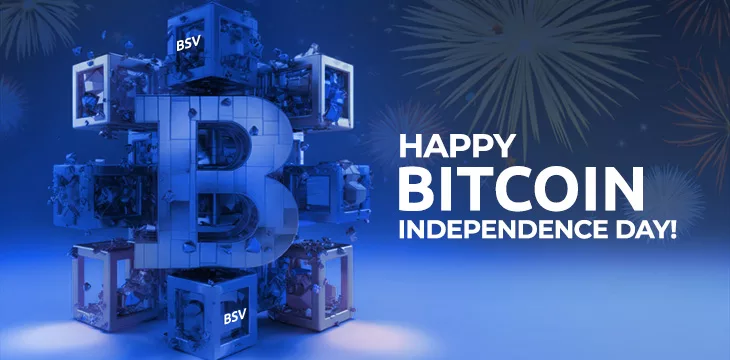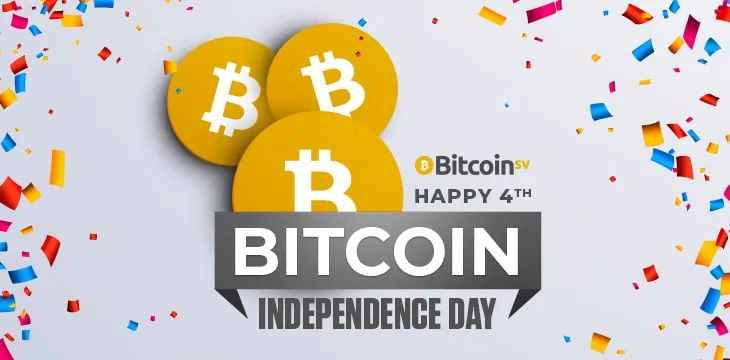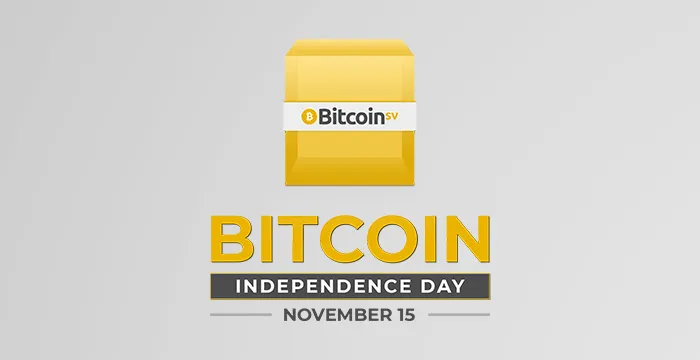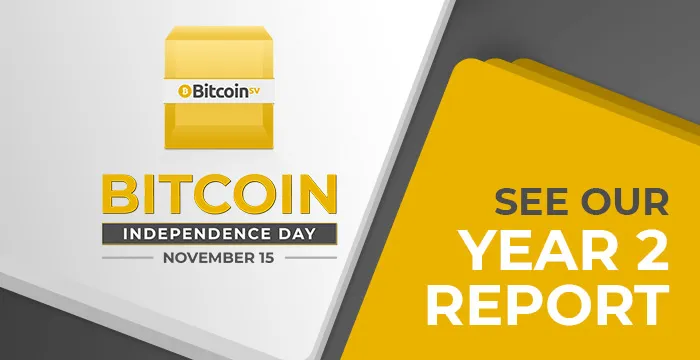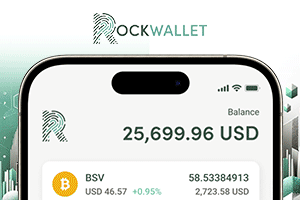
Bitcoin Independence Day
Happy Bitcoin Independence Day 2023!
Bitcoin Independence Day marks the day when BSV developers and those who believe in unbounded, infinitely scalable Bitcoin began the...
Hash war revisited
The story of the BSV/BCH hash war is a brutal chapter in Bitcoin, and it laid the groundwork for much...
Third Bitcoin Independence Day comes at a crucial time for Satoshi’s Vision
In the three years since Bitcoin Independence Day, BSV has restored the rules as originally defined by Satoshi Nakamoto and...
That time Nasdaq delisted Netflix; A fable
Two years after Bitcoin Independence Day, the BCH camp now faces a further split, and we’ve once again witnessed digital...
Original Bitcoin marches on 2 years since Independence Day
Over the last two years, the Bitcoin ecosystem has seen events that can only be realized in and around a...
Happy Bitcoin Independence Day!
After about five years of bickering about Bitcoin’s limitations, we finally had the opportunity to let Bitcoin get out and...

 07-14-2025
07-14-2025 
